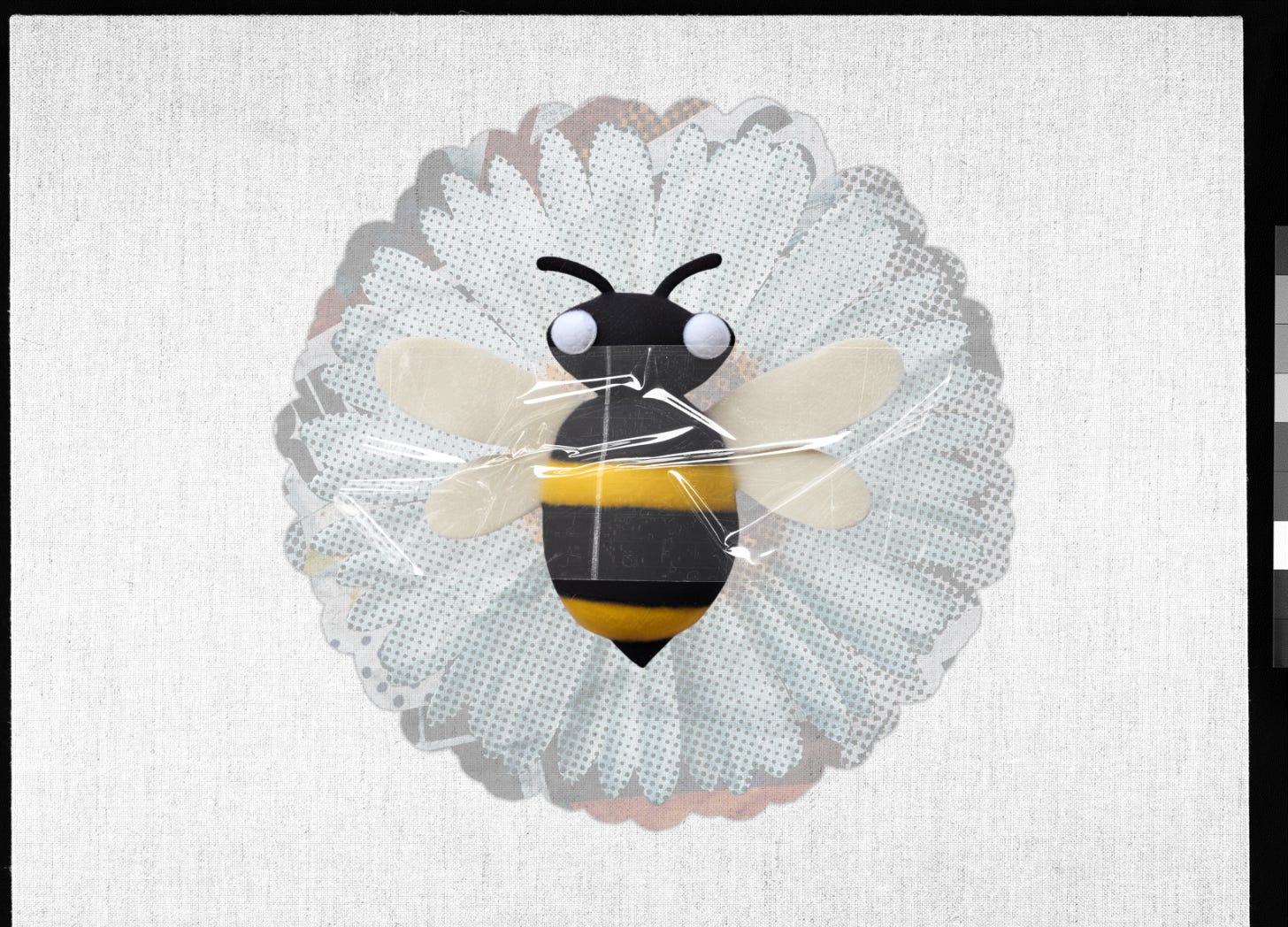Three ways to find thrilling creative cross-pollinations
On looking across fields and disciplines to uncover unexpected connections and analogous solutions
Cross-pollination is a deeply satisfying part of the creative process. Looking across fields and disciplines to uncover unexpected connections or analogous solutions and processes opens up rich worlds of possibility, no matter the project.
When it comes to music-making, it’s intuitive to gravitate to other expressive art forms for cross-pollination: film, poetry, painting, literature et al. This makes sense. There’s much treasure to be found looking this close in: so many techniques and approaches to try in a new context, you really needn’t venture further. (Try my experiment Song Sculpture for an example of this.)
That said, I recommend venturing further. Moving beyond creative fields traditionally considered to be “art” can lead to thrilling break-throughs. Even when the break-throughs don’t come, it’s pleasurably interesting to explore the application of something as divergent as, say, car racing, to music-making.
This week, I’m sharing three ‘ways in’ for thrilling creative cross-pollinations.
Big love and keep going!
Lucy
How to find thrilling creative cross-pollinations
MEMO - Use the tools and materials from another field
To illustrate, the tools and materials in game design include components (dice, cards, tokens), design software, and 3D printing for prototypes. How might you use those tools and materials in music-making? Could components be used to determine chords or lyrics? What does it look like to design the visuals for an album first? What if you 3D printed an entirely new instrument?
MEMO - Apply the evaluation criteria from another field
For instance, in cooking some of the criteria used to determine how dish success are taste, presentation and originality. If these were the criteria for judging how good a song is, how would that shape your writing process? To what would you pay attention? Get experimental with it. What might ‘taste’ be in the context of a song? An obvious answer would be something aesthetic, but what else might it be? What would it look like to taste a song?
MEMO - Respond to the current cultural context from another field
By way of another example, some of the cultural forces at play in urban planning at present are sustainability, smart cities, and changing labor patterns (ie. remote work). How might these forces inform the story and structure of a song? If these were the forces directly affecting music-making? How might they shape the writing of a song?
I’d love to hear from you in the comments: How do you approach creative cross-pollination?




